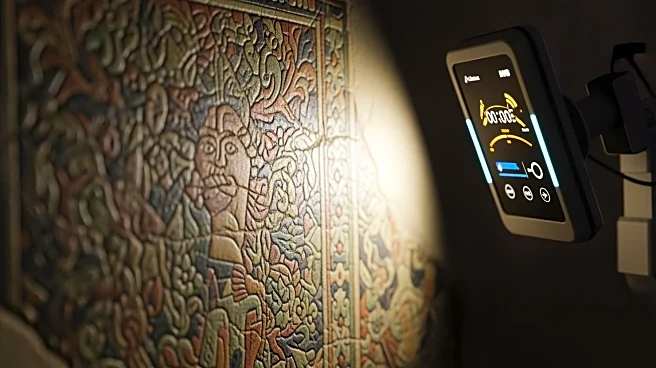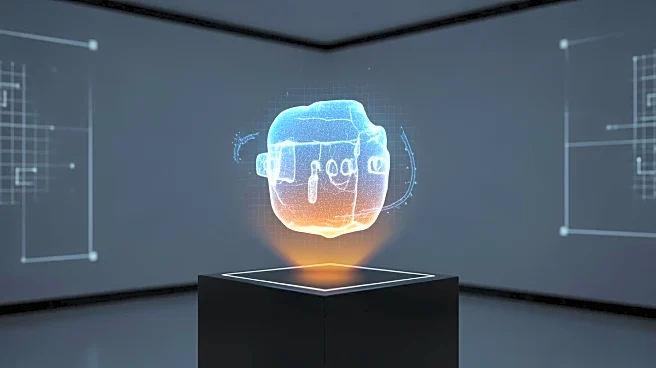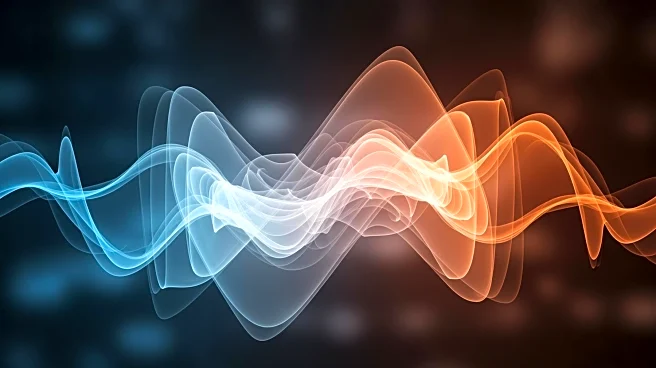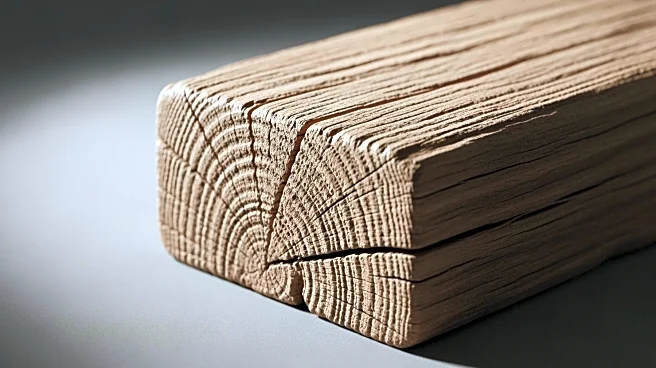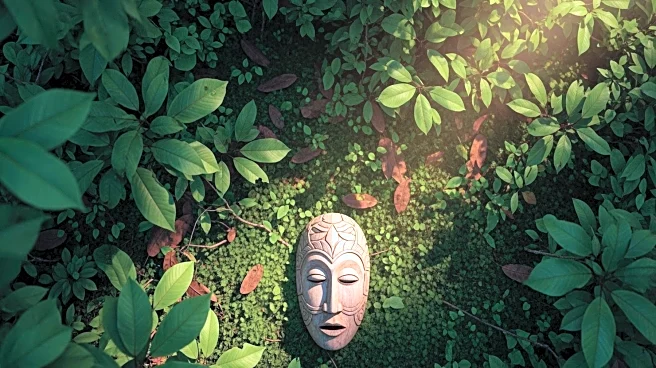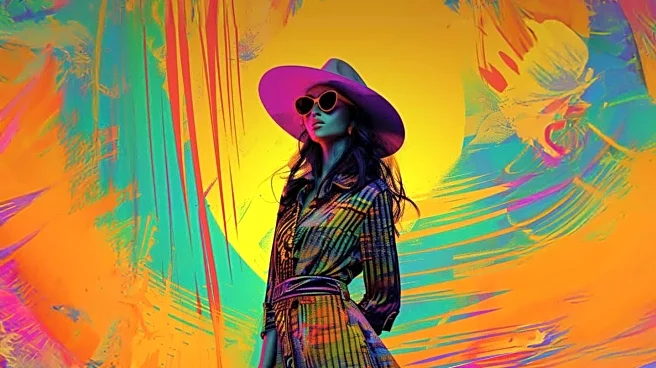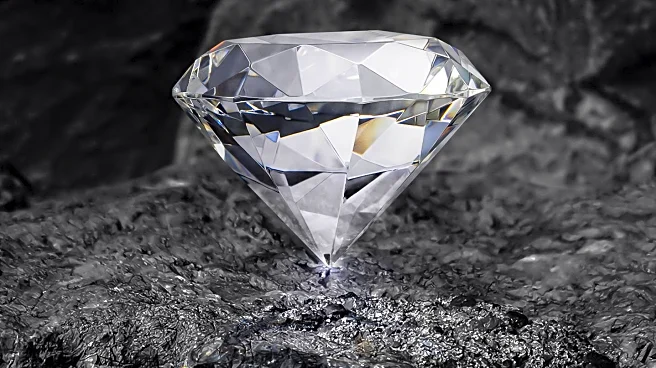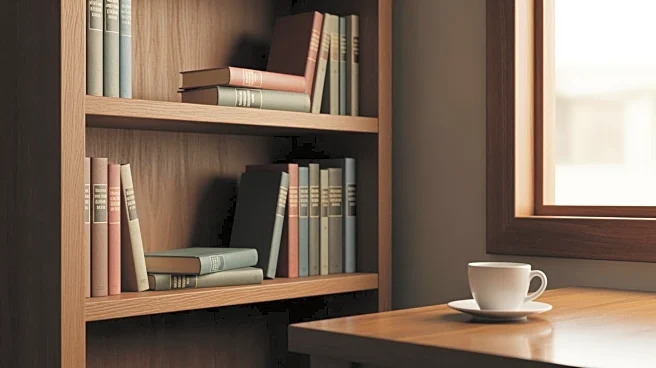What's Happening?
Researchers have developed a lightweight, high-precision method for monitoring damage locations in Dunhuang murals using an improved YOLACT architecture. This approach incorporates convolutional neural
networks with Transformers and residual networks to enhance model efficiency and accelerate the restoration process. The method utilizes deep separable convolutions to reduce parameters and floating-point operations, ensuring robust feature extraction and adaptability to variations in texture, lighting, and scale. Experiments conducted on a publicly available Dunhuang mural dataset demonstrate the model's superior performance in damage segmentation.
Why It's Important?
The application of advanced technology to cultural heritage preservation is crucial for maintaining historical artifacts. The improved YOLACT method offers a scalable solution for monitoring and restoring murals, potentially reducing restoration costs and time. By providing high-precision damage detection, this technology can help preserve the integrity of cultural heritage sites, ensuring their longevity for future generations. Additionally, the method's efficiency and adaptability make it suitable for deployment in various preservation projects, highlighting the importance of technological innovation in cultural conservation.
What's Next?
The successful implementation of this technology in Dunhuang murals could lead to its adoption in other cultural heritage sites worldwide. As researchers continue to refine the method, it may become a standard tool for digital restoration efforts, offering a reliable and efficient solution for preserving historical artifacts. Collaboration between technologists and cultural heritage experts will be essential to further enhance the technology's capabilities and ensure its widespread application.
Beyond the Headlines
The use of technology in cultural heritage preservation raises ethical considerations regarding the authenticity and integrity of restored artifacts. As digital restoration methods become more prevalent, stakeholders must balance technological advancements with the preservation of original artistic intent. Additionally, the integration of AI and machine learning in cultural conservation may lead to shifts in traditional restoration practices, requiring new skill sets and training for professionals in the field.
